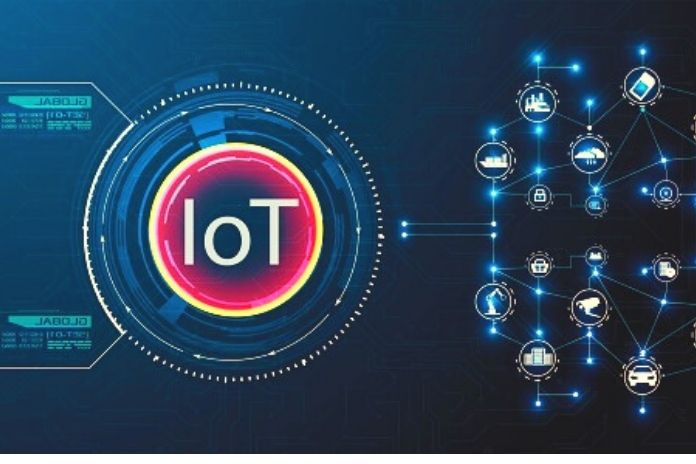The Internet of Things (IoT) is developing rapidly: by 2025, global sales are expected to reach around 1.6 trillion US dollars. A massive market for IoT platform providers, sensor manufacturers and system integrators.
IoT manufacturers’ and service providers’ main challenge is managing the spatial complexity of a global rollout and the permanent control and maintenance of the IoT network. IoT platform providers, sensor manufacturers and system integrators have end devices and the know-how to integrate them into the existing systems. However, to cover the complete value chain, they need partners who can install and maintain the sensors, finance them, and support their customers around the clock and the world.
It’s The Last Mile That Counts
Rolling out IoT infrastructure across cities, countries and continents to the most remote corners of the world is initially highly complex from a logistical point of view. And even once the hardware is on-site and adequately implemented, technicians are needed on-site to take care of scheduled and unscheduled maintenance. Because while in many areas of broadband connection is the limiting factor, ten per cent of the world’s population still does not even have an electricity connection. It quickly becomes clear why the last mile of value creation is the most complex and costly, even in the global IoT rollout.
The Internet of Things needs precisely this last mile because machines can only function autonomously with the help of sensors. Only if they are correctly serviced and maintained can these sensors provide critical control information at a reliable level worldwide. Only then can they be monitored remotely and, if necessary, repaired on-site in good time.
IoT Is Not Plugged And Play
The potential of the IoT cannot unfold if there is no one with this local competence: The installation and maintenance of the IoT devices, wherever in the world they are needed. Sensors need to be installed and maintained regularly to send the data they need. Therefore, excellent IoT field service is the critical factor in the success of companies if they want to profit from the growing IoT market.
IoT service providers like Hemmersbach solve this mammoth task on behalf of their customers with technological know-how and a global service infrastructure developed over 20 years.
The offer goes far beyond the easy-to-use urban centres. It is available in places that are difficult to develop: An office building in Manhattan is easy to depict – a production plant in the Niger Delta, a weather station on the Zugspitze, naval ships in the Pacific Ocean, Oil rigs in the North Atlantic, refugee camps in East Africa, agricultural water supply in India or cooling units for vaccines in Asia are more miniature.
At the heart of this worldwide service, infrastructure is three configuration centres in Miami (USA), Wroclaw (Poland) and Kuala Lumpur (Malaysia). Combined with strategically distributed local warehouses, the central regions of the world economy (AMS, EMEA and APJ) are seamlessly supplied and serviced. The configuration centre in Wroclaw alone has a capacity of around one million IoT sensors per month. For comparison: A total of 60,000 sensors are installed in the intelligent factory of the world’s largest automotive supplier Bosch.
Supported by this infrastructure, thousands of technicians go the last mile. Within four hours, they can reach virtually anywhere in the world around the clock. Hemmersbach controls the service process across 190 countries with proprietary workflow software that processes around seven million transactions per year. The entire process landscape is based on automation and independent learning.
In this way, a global standard is created, which, with 700 process steps, is individually adapted to customer requirements. Thanks to their mobile devices, the technicians have access to real-time analyzes and can access the interfaces of all standard customer systems. It is not the effort that is billed but the result. For the client, this means predictability – and thus feasibility in developing global market potential.
Tangible Opportunities
Networking and industry control through sensors is no longer new, but the rapid development is. Above all, however, the extensive application on a global scale and the associated immense opportunities for companies have become feasible. There are enormous opportunities for IoT platform providers, sensor manufacturers, and system integrators to take advantage of these opportunities. These range from the analysis of individual work processes to the ability to better foresee machine failures with the help of predictive maintenance and thereby ideally avoid delivery bottlenecks to safety aspects for the employees.
ALSO READ: This Is How The Data Exchange Between Edge And Cloud Works

